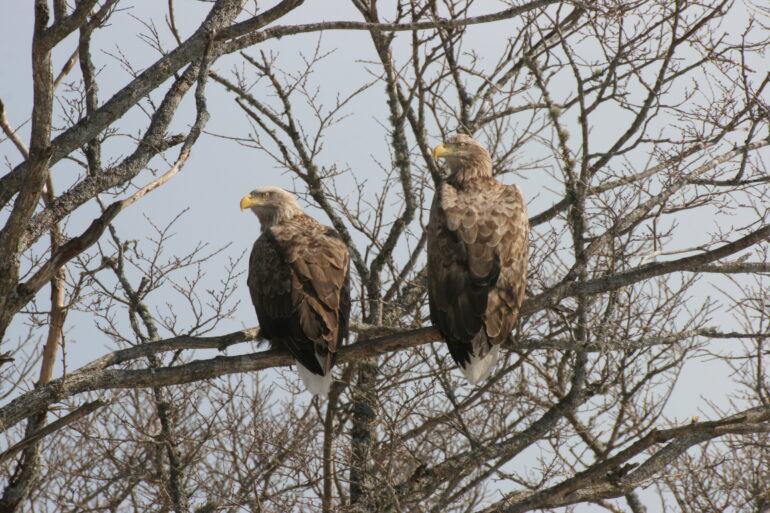Over the last 30 years, European breeding birds have shifted their range by 2.4 km per year, on average, according to new research published in Nature Communications.
However, these changes were significantly different from expectations based on changing climate and landcover during that period. Based on climate alone, the researchers had predicted that the average range shifts by species should have been around 50% faster.
The study led by experts from Durham University, UK, used survey data collected as part of two Europe-wide bird distribution atlases, published 30 years apart.
The researchers found that local colonization and extinction events across species ranges were only weakly influenced by the change in climate between the two survey periods. Instead, they were more influenced by the climatic conditions at the time of the first surveys.
One of the key determinants of whether a new area was colonized or whether a population went extinct was the extent to which the area had other populations of a species close by, which facilitated colonizations and minimized extinctions, presumably by the dispersal of birds from neighboring areas.
This finding highlights the importance of maintaining networks of local populations to limit extinctions and to make populations more robust to the effects of climate change.
Joint study-lead Professor Stephen Willis of Durham University’s Department of Biosciences said, “Our findings potentially show two intriguing responses to recent climate change. In some areas ‘colonization lags’ may result in species being unable to track improving climate, perhaps due to habitat or prey not yet being available in new sites. By contrast, fewer extinctions occurring in areas where we predict them to occur might be evidence of ‘extinction debts.’
“Such debts occur when species are committed to eventual extinction due to unfavorable climate, but they nonetheless manage to persist, sometimes for lengthy periods, because key limiting factors, such as their preferred habitat, take some time to alter.”
Joint first-author Dr. Christine Howard added, “The key role of non-climatic factors in altering range changes highlights that climate is just one factor impacting populations of European breeding birds.
“The role of factors such as persecution in limiting European birds highlights that such things are still a major problem for many species. However, the rapid recovery of some species from past persecution or poisoning provides hope that populations can often rebound once such impacts are controlled.”
Co-author Dr. Sergi Herrando, who led on collating data for the most recent distribution atlas, added, “The work presented here highlights the ways in which coordinated survey data, collected across many countries, can be used to better understand the causes of species losses and gains.
“The collection of data used in this study involved huge numbers of people. The second breeding atlas alone collated data from 120,000 field workers, permitting a systematic survey of 11 million square kilometers across 48 countries.”
More information:
Christine Howard et al, Local colonisations and extinctions of European birds are poorly explained by changes in climate suitability, Nature Communications (2023).
Citation:
Study finds European breeding birds respond only slowly to recent climate change (2023, July 20)



